Optimise Your Bowline Knot Technique
You may already know how to tie a bowline. Yet unless you’re a member of the special forces or a salty old sailor, chances are you only know one way to tie it. If so, you need to learn a couple more methods. And not just to show off to your sailing buds although let’s be honest, getting one over them can be crucial at times, (particularly if they are English). This is after all the most important knot out there. A good bowline, tied quickly, can literally save lives. Click here if you'd like to download a handy one-page reference.
The two methods explained below can be thought of as the “forehand” and “backhand” methods. There is a good reason for this. One method creates a knot that faces you. The other creates a knot that faces away from you. Knowing both methods will allow you to tie a fast, effective knot, relevant to your situation. It’s no good knowing one method and having to twist your body around to a crazy angle at a critical moment because you don’t know the other method.
Where do you use each bowline method?
For example, in sailing, if a jib sheet breaks. Your (hanked) jib is flapping around like crazy. It needs to be brought under control. The old Boy Scout method of “create a loop, the rabbit comes out of the hole…” just won’t cut it in this scenario. Neither will the forehand method.
You want to use the backhand method (which is incidentally the default method taught in Delta Force among other special operations units). Using this method, most of the knot is already tied with your left hand as you’re walking up to the bow. Throw the working end through the clew, through the loop you created with your left hand, pull and you’re done. Bowline tied. Problem (mostly) solved.
The forehand method? For some reason, you find yourself up the mast holding on for dear life because whichever line you relied upon just became unreliable. Your left hand is hugging the mast koala-style. Your right-hand finds the relevant halyard. With the forehand method, you loop this halyard around your body and do a one-handed bowline. Bowline. Done.
So now let’s look at both knots in turn. I have done a slo-mo video of each method and have a diagram on a pdf which you can download.
Forehand Method - Bowline
This is like the traditional method but rather than taking four steps, it is done in three. That’s a 25% optimisation right there. The key is in the first step. Remember when you were told to create the loop and then put the end through it? This can be done in one step. Then, using the old rabbit/tree metaphor, your end (the rabbit) just needs to go around the “tree” and back in the hole. Three steps (shown in four boxes).

Backhand Method - Bowline
The backhand method is completely different from the forehand method. So different that it surprises people that the resulting knot is the same (albeit facing the other way). With your left hand, you create a loop and grab the “long side” through this loop, then pull that bite through. You need to keep things loose here. Then with your right hand holding the working end, you put it around whatever you're tying to, then back through that loop you created with your left hand. Sound complicated? It is at first, then it's blindingly simple. Watch the video and check the diagram.

Conclusion
The bowline is the most important knot in sailing. It is also (more arguably) the most important knot in climbing. Therefore if you are sailing or climbing a lot, it pays to know some optimised methods of tying this lifesaving knot. In this post, we show the "forehand" and "backhand" methods. Of all the methods we have seen we like these two the most and believe they can get you out of most tricky situations.
Want a one-pager that you can print up and practice in your next Uber? Click the button below.
Sailing Virgins is a sailing school based in the Virgin Islands. The school doesn't just make people great sailors. It makes people great skippers. As well as refining your sailing skills, we will go through some leadership methods that you will be able to take with you off the boat. Here is our most popular week-long liveaboard course. Oh and we sell the coolest hats in sailing. Immodest maybe but that's only because we're right. :)


